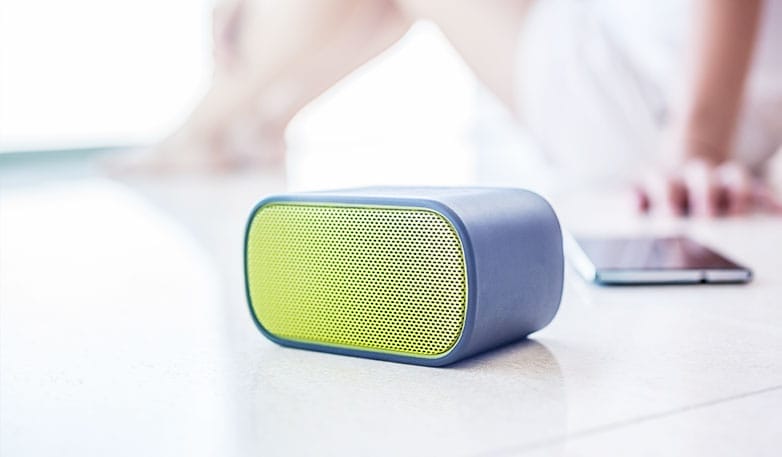Bluetooth Low Energy gets smart
Bluetooth Low Energy (BLE) has progressed considerably from its original conception. Back in 2010, when the low energy protocol was first incorporated into the Bluetooth specification by the Bluetooth Special Interest Group (SIG), it was aimed at low data rate connections. Bluetooth Low Energy would be used for devices to update status information to more capable client devices, rather than streaming large amounts of data as is the case with the classic version of Bluetooth. Since then, the demands put on the low energy protocol have naturally grown and the processors have needed to develop to keep up with demands.
2015 saw the launch of Nordic Semiconductor’s new Bluetooth low energy processor, the nRF52. It also saw three new devices from Dialog Semiconductors, DA14581, DA14582 and DA14583. One was optimized for wirelessly charged devices, one integrated an analog audio codec and the third included the ability to do over the air upgrades. Looking forward, Qualcomm has announced that in 2016 it will be launching a new family of devices (CSR102x family) that will be optimized for specific applications in the Internet of Things (IoT) space.
Bluetooth Low Energy has more recently been rebranded as Bluetooth Smart, with the intention of bringing this wireless connectivity to low cost, very low power devices which are required to operate on small batteries for long periods of time. Bluetooth Smart is focused on wearable technology and other miniature devices with wireless capability: healthcare sensors, fitness devices, proximity sensors and remote control devices are all in the scope of Bluetooth Smart.
Security of data over Bluetooth Smart has received some criticism around unencrypted data transmitted over the air and also the potential loopholes which would enable an eavesdropper to intercept the encryption key. Although it is true that security of Bluetooth Smart is not as strong as other over the air protocols there are still a number of features that can be used to good effect.

Enforcing the Bluetooth Smart link encryption lies with the developer. However, care must also be taken over the details of the device pairing method, which is the path to enabling the link encryption. The simplest pairing methods available are vulnerable to eavesdroppers detecting the encryption key exchange which would then render the encryption ineffective. To counter this, precautions such as reducing the BLE transmission power and therefore range during the process can be used. Additionally, there are more secure methods for exchanging encryption keys using Near Field Communication (NFC) but of course, this does add hardware and therefore cost to the device.
Privacy and tracking of individuals through wearable devices has been another area of concern, but Bluetooth Smart introduced a new feature whereby the Bluetooth device private address changes frequently in a given time period. This has improved the situation for Bluetooth Smart devices, although it is still the responsibility of the developer to control data in the advertising packets to ensure that the owner’s identity cannot be tracked.
Bluetooth SIG’s 2016 technology roadmap[1] includes increasing the Bluetooth Smart wireless range by a factor of four, doubling the speed with no power increase and mesh networking[2]. These kinds of developments are driving Bluetooth chip development to new levels. The most capable processor core used in a Bluetooth Smart device right now is the ARM Cortex-M4F which has a built-in floating-point hardware unit. Other Bluetooth devices incorporate the Cortex-M0 or Cortex-M3. The idea behind using such fast processors is that the faster the device can execute its program the quicker it can enter its low power mode, minimizing the power consumption. These processors are also capable of very low power sleep states where the current consumption is of the order of hundreds of Nano Amps. The physical size of these devices is also minimized in their smallest form factors with typical dimensions of approximately 3mm x 3mm.
All these features, being optimized in Bluetooth Smart devices now on the market, are aimed at miniaturizing the technology and minimizing power consumption to allow small batteries to have a reasonable lifetime. In the medical device sector, there are now wearable devices available for measuring patient vital signs from heart rate to temperature to blood glucose level. This wireless technology is also enabling new types of devices to emerge such as support bandages with monitoring sensors, asthma management kits, and back therapy kits. The list of new devices is set to increase over time as this wireless technology matures and is pushed to new limits.
Jonny Gloag, Sagentia
[2] http://blog.bluetooth.com/range-limitation-what-range-limitation-introducing-mesh-networks/
